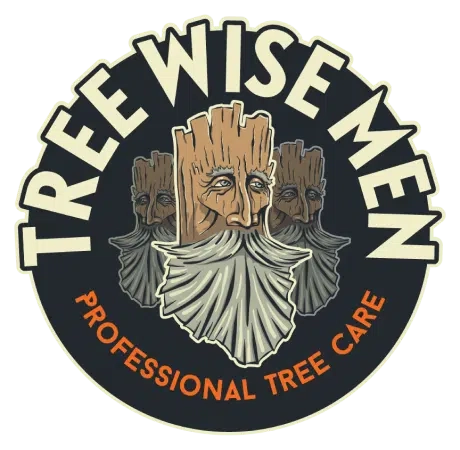How To Choose the Right Omaha Tree Service
It's important to check for certain criteria when comparing tree removal companies, such as services and licensing. We go over some key considerations below.
Vet the Company's Qualifications
Tree service companies should have insurance policies protecting their customers and workers. Some examples of policies include professional liability, workers' compensation, and general liability insurance. The policies should mention tree work coverage specifically otherwise, you could be held responsible for any damage or injuries that occur on your property. There are no mandatory national certifications for tree removal, but a company may employ a certified arborist to conduct inspections. Having one isn't a requirement, but an arborist brings in expert knowledge on tree maintenance, care, and preservation. Arborists have earned voluntary certification through the International Society of Arboriculture (ISA).
Get Quotes From Multiple Companies
We recommend getting quotes from multiple companies to discover the best deal. This allows you to compare aspects like included services, timelines, and service fees.
Confirm the Company Performs Residential Tree Services
We recommend using a tree removal company that specializes in residential services. These companies have fewer city-mandated service restrictions than commercial companies, which must follow certain city ordinances.
Request a Tree Risk Assessment
A tree risk assessment (TRA) helps minimize the risk of harm to workers or damage to your property. Your tree service professional will visually inspect a tree and its branches to assess the risk of breakage, also called tree failure. Certified arborists are typically the ones to conduct TRAs. Sometimes there's an additional feel involved, while other times the assessment is included for free with services. Speak with your tree removal company and ensure you have a TRA completed before beginning work.
Ask About Stump Removal
Stump removal involves eliminating stumps from your yard by hand or with special equipment. This is important because unattended stumps will decompose over time and may attract pests or become diseased. Ask your provider whether stump removal is included with its service. Costs range from $66 to $486, with the typical Omaha homeowner paying around $309.
How Much Does It Cost To Remove A Tree?
The cost of tree removal services falls between $302 and $1,326, averaging of $619. Factors like project size, tree health, and tree size and type will impact the final price. Emergency tree removal costs roughly $1,591, and any tree will incur additional fees if it has a higher failure risk or requires additional equipment, safety precautions, or labor. A company may charge by the acre instead of per tree if you're having multiple trees removed.
Ready to Get a Quote on Your Tree Project?
Please enter a valid 5-digit zip code!
Frequently Asked Questions About Tree Removal in Omaha
What are common tree issues?
How are tree pruning and tree trimming different?
How can I tell if a tree is dangerous?
Do I need to hire a professional for tree removal?
Is it safe to leave a downed tree on my lawn?
To share feedback or ask a question about this article, send a note to our Reviews Team at reviewsteam@thisoldhousereviews.com.













